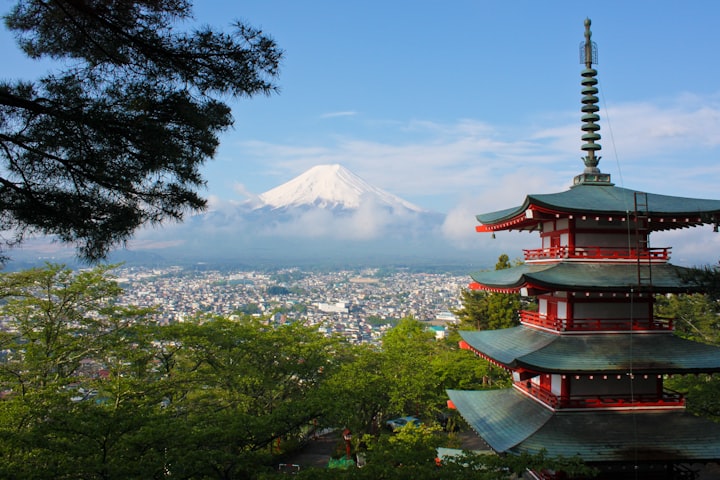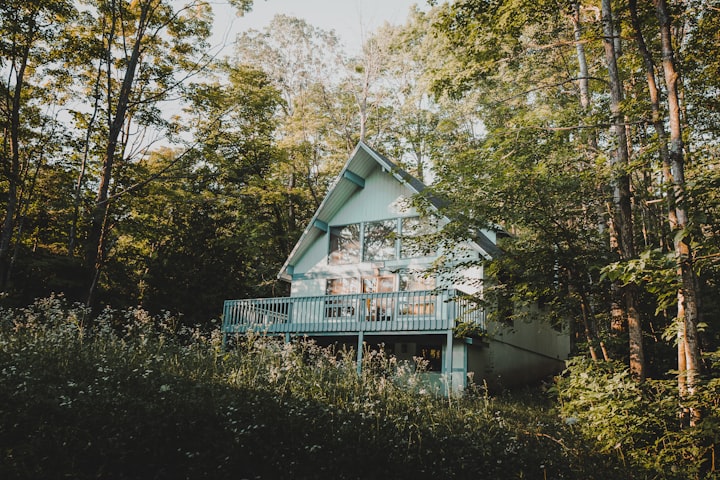How I Survived in Japan's COLDEST Town
Journey to Lake Akan and Ainu Culture

Japan's indigenous people, the Ainu, were relocated to Hokkaido over 150 years ago. The Ainu have a rich cultural heritage and history that predates the arrival of the ethnic Japanese on the main islands of Japan.
Historically, the Ainu people inhabited various regions, including Hokkaido, parts of northeastern Honshu, and the Kuril Islands. However, their relationship with the Japanese government and settlers has been marked by discrimination and marginalization. During the Meiji era in the late 19th century, Japan underwent a period of rapid modernization and centralization. As part of these changes, policies were enacted to assimilate the Ainu into mainstream Japanese society. While there were no large-scale relocations of the Ainu to Hokkaido, the Japanese government implemented policies aimed at eradicating Ainu culture and assimilating them into the majority Japanese population.
While the journey remains a reward in itself, exploring uncharted territory is what we do best on Journey across Japan. In this episode, we head to Hokkaido's largest eastern city of Kushido, which serves as a jumping-off point for our exploration of the region.
After visiting the Far Eastern Point of Japan, two hours east of Kushido, we head inland to the coldest town in all of Japan – Nick Rabetsu. However, first, we make a stop at Lake Akan to explore Hokkaido's indigenous Ainu culture.
Lake Akan is a caldera formed by volcanic activity and is famous for its hot springs, as well as being the only village in the town of Akan. We visit the traditional Ainu Village, which provides a glimpse into the cultural heritage of Hokkaido's indigenous population. The Ainu people lived around the Sea of Okhotsk, stretching between Siberia, Sakhalin, and Hokkaido. The first historical documents mentioning them date back to the 15th century, and throughout the Edo era, they traded with the mainland.
However, during the Meiji restoration in the 19th century, as more people emigrated north to Hokkaido from mainland Japan, the Ainu were displaced from their traditional lands on the warmer southern coastline to barren mountainous regions in the middle of the island. Due to wide stigmatization, many kept their ancestry hidden, and today, it's difficult to ascertain how many Inu people truly exist, with the majority having assimilated into cities and towns around Hokkaido.
In 2019, the Ainu were legally recognized as an indigenous people of Japan by the Japanese government, and since then, there has been a renewed pride in the culture, language, and heritage. Today, traces of Ainu culture are evident everywhere, and Sapporo's name originates from the Ainu word Sat Poru and Pet meaning dry large river, a reference to the Toyohira River, which flows the length of the city.
After immersing ourselves in Ainu culture, we indulge in the Ainu delicacy of Yasedon – a wilderness rice bowl with deer meat and wild vegetables. We then check into our glamorous accommodation, a sprawling traditional inn along the shores of Lake Akan, given how remote the area is.
Our room is spectacular, with a cavernous corridor, an audio-visual room, a barber shop, and a grand view of Lake Akan. Overall, our journey across Hokkaido has been an immersive travel experience, showcasing the unique culture and heritage of the region. It's important to recognize and preserve indigenous cultures, and we hope to inspire others to explore and appreciate the world's diverse cultural offerings.
Overall, the journey across Hokkaido in this episode of Journey Across Japan takes us to explore the Ainu culture and the coldest town in Japan, Nikka Ramen. We visit a traditional Ainu village, taste Ainu delicacy, and stay at a sprawling traditional inn along the shores of Lake Akan. We also explore Ikubetsu, a striking indigenous Shiny village, and have a ridiculous rap battle with half of the townfolks. The episode showcases the rewards of exploring uncharted territories and the unique cultural and natural beauty of Hokkaido.
About the Creator
Pepe Magic
Imaginative storyteller Pepe Magic blends humor & inspiration to captivate readers with thought-provoking insights. Join the journey of self-discovery & be prepared to be inspired, entertained & uplifted.






Comments
There are no comments for this story
Be the first to respond and start the conversation.